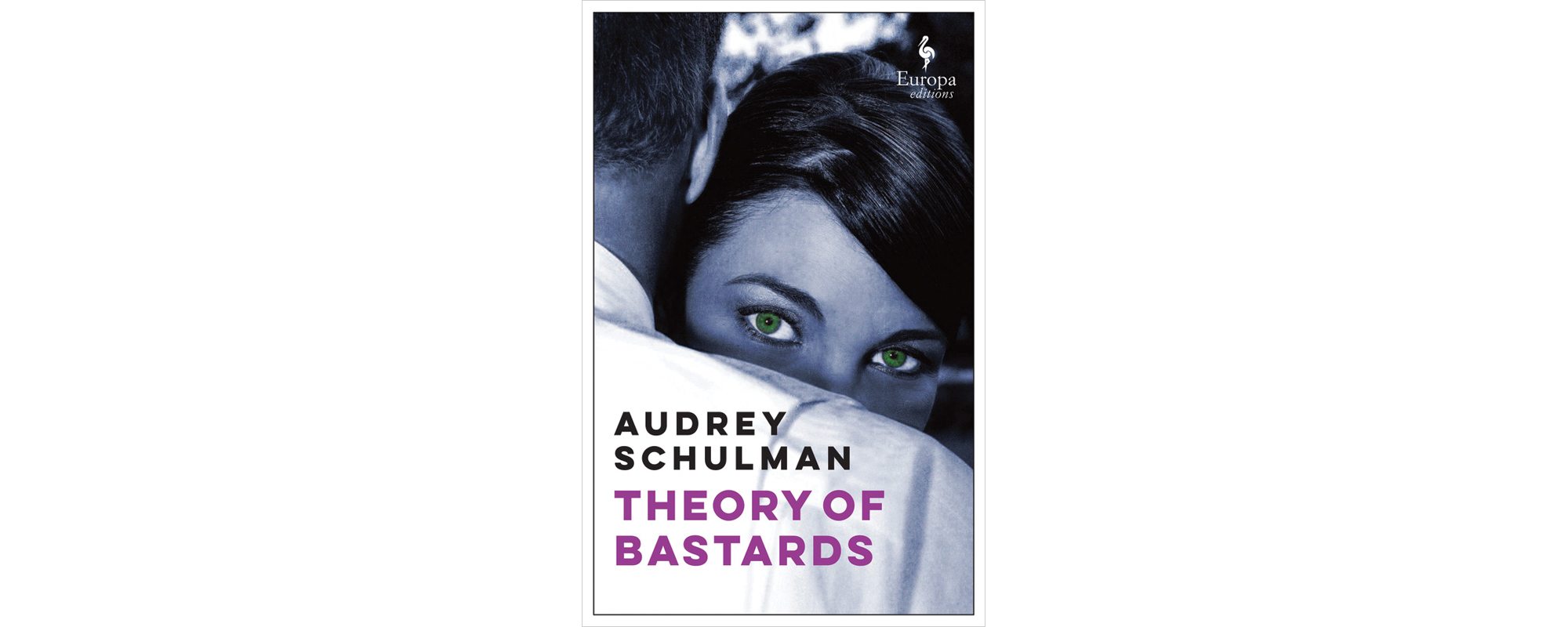 Described by its publisher as a literary novel that is not quite dystopian, Audrey Schulman’s Theory of Bastards offers readers an interesting premise with potential that is never fully realized.
Described by its publisher as a literary novel that is not quite dystopian, Audrey Schulman’s Theory of Bastards offers readers an interesting premise with potential that is never fully realized.
The novel follows scientist Francine “Frankie” Burk, a recipient of the prestigious MacArthur grant, who has been seconded to a mysterious scientific enclave known as the Foundation. The wheelchair-bound Frankie, who is recovering from an operation for endometriosis, is studying bonobos, one of the many groups of primates present at the Foundation. The focus of Frankie’s research involves finding a proof for her reproductive theory – the so-called theory of bastards, which posits that “extra-marital” children go farther in life than their half-siblings. As Frankie observes the bonobos, an approaching dust storm threatens the Foundation. Instead of fleeing, Frankie and Stott, an assistant researcher, decide to stay with the animals.
The characters in Theory of Bastards exist in a world in which their relationship to technology is immersive in both a literal and figurative sense. Technology is embedded inside human bodies in the form of a consolidated interface that employs components such as BodyWare, EarBuds, and Lenses. This system, which places users in a zombie-like trance and disconnects them from their surroundings, is operated by way of Bindi – an interactive tech similar to Apple’s Siri, located in the centre of a person’s forehead.
While the technological advancements in this world are interesting as concepts, Schulman’s approach to them lacks sensitivity and nuance. The novel fails to exhibit an awareness of the ramifications of choosing the name Bindi, given its inseparable religious symbolism. There is no other reference to Indian culture in the novel, and the technology is presented as a toxic entity.
Similarly, Frankie invokes offensive stereotypes when describing other characters, employing racially insensitive and homophobic viewpoints. Frankie describes the bonobos’ keeper as a “Ukranian shot-putter” simply because she is muscled and has short, permed hair. Later, Frankie states that she will never use the keeper’s name – Daisy – because she believes it doesn’t align with her physical appearance. Frankie also states that she sees having a lesbian sister as a weakness. While these elements serve to illuminate Frankie’s persona, they also render the novel unpalatable, given how closely the story is aligned with its central character.
The most carefully fleshed out figures in Theory of Bastards are the bonobos. Schulman refers to real-life experiments and research, and the descriptions of bonobo behaviour will be interesting to any reader with an affinity for zoology or natural history. The individual bonobos have distinct personalities – from their interests to their character traits to their place in the social hierarchy. The humans, by comparison, appear flat, underdeveloped, and uninteresting. Frankie is especially unlikable – hard to sympathize with and lacking complexity and depth. The majority of her behaviour is immoral without having any apparent underlying motivation. Opportunities to add depth via backstory only display further negative qualities without any attendant insight.
A late-novel romance between Frankie and Stott is as clinical as Frankie’s scientific research. There is no slow build of attraction or chemistry on an emotional or physical level. Instead, Schulman opts for abruptly telling the reader these characters are in love, rather than allowing for the relationship’s gradual development over the course of the novel.
The characters spend the majority of their time in one area of the Foundation, with little reference to the exterior world. One of the only memorable instances outside the Foundation involves Frankie embarking on a trip to the grocery store, and even then we are offered only a brief glimpse of her getting into a self-driving car. The setting could offer an opportunity to capitalize on a claustrophobic milieu, but the execution feels non-committal. Potentially interesting problems – such as a flashing percentage sign in the corner of Frankie’s Lenses or the threat posed by Poly-Roach (an advanced form of computer virus) – are never resolved or really addressed.
While Theory of Bastards is marketed as science fiction, the way Schulman approaches the narrative does not come across as innovative or genre-bending. The story would have benefited from directly addressing the parallels between the bonobos and their human minders, but the novel doesn’t do this, choosing instead to skate over the narrative potential here. By not going deeper into the implications of the fictional environment she has created, the author evinces an unwillingness to engage in the kind of robust world-building required in a truly satisfying dystopian novel.
 Contact us via email
Contact us via email
